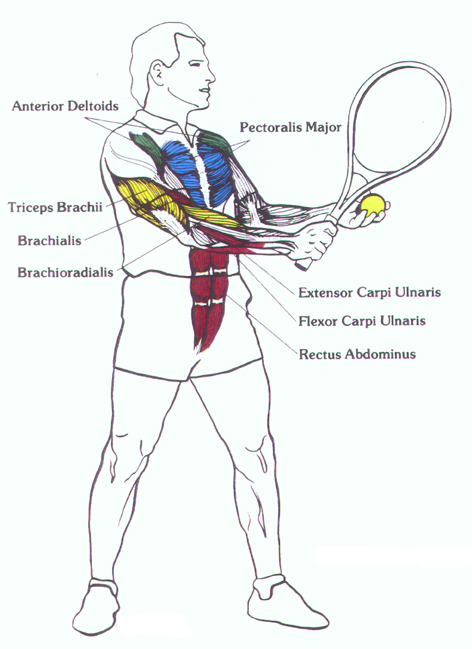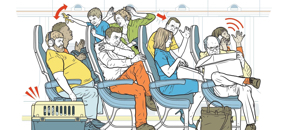Dear TennisDr:
My 11 year old daughter has been playing for 6 years and is highly dedicated and now playing competitive tennis. We are disappointed that you have retired and are not available for personal coaching. ;-( What advice would you give us on helping her become a great player, the best athlete she can be, and how to mature as a tennis player?
Warmest Regards,
Marjorie
==========
Dear Marjorie:
First, I would never dangle the prospects of being a professional athlete in any sport to a parent. The odds of a successful pro career are VERY slight and the life is not glamorous as it is so often portrayed.
On the other hand, the scholarship money for girls applying for college tennis is easier to get than for boys and I highly recommend that life experience for any child who enjoys tennis. Let’s discuss her short term training.
There is no substitute for proper repetitions to gain physical skills, so backboard practice is a huge advantage. That is how Billy Jean King and I learned our skills. I call it the “lost art” to tennis skill acquisition. When it comes to getting sufficient repetitions, research shows that ALL elite athletes, and even musicians, have logged at least 10,000 hours of proper skill repetitions.
A competitive tennis player needs a large assortment of weapons, both physical and mental, to solve problems during competition. Proper backboard practice can make those weapons easier to execute when needed. A few of those skills/weapons seem to also be a “lost art” in recreational tennis such as the use of the many expressions of underspin. It can provide a huge advantage, and is underused even in the pro ranks which, I believe overuse topspin and power shots.
Ashleigh Barty and Roger Federer are two great exceptions. Now retired, Federer and Barty had all the tennis skills in there “tool box” needed for any match. Barty honed her mental skills with a sport psychologist. At one time, she showed great displeasure with inevitable mistakes on court. Know that competitive tennis is also a “poker game” in many ways.
The mental skill of showing “no tells” is required to have the best chance to beat other great athletes. Body language of distress or discouragement is encouraging to the opponent. A tennis poker face and hiding disappointment requires skilled repetition also so Sports Psychologists are often employed.
Attentive parents need those skills too when watching their children because it is their job to provide the adult, big perspective of long term improvement. Remember that humans generally learn more from losing than winning.
Like poker, tennis becomes a game of percentages and small margins over the long haul. Statistically, at all skill levels, winning only 53% of all points played wins 80% of all your matches. So, patience is a great weapon in tennis. You might ask, “Are there any shortcuts to physical skill acquisition?” Yes!
Developmental Optometrists can now improve all 24 skills of vision in all people in an office setting. Whether you struggle with reading, catching, or playing tennis, the science and art of Vision Training can help. Please check out my article here with Dr. Polan for details.
Good luck with your tennis!
Regards,
TennisDr


